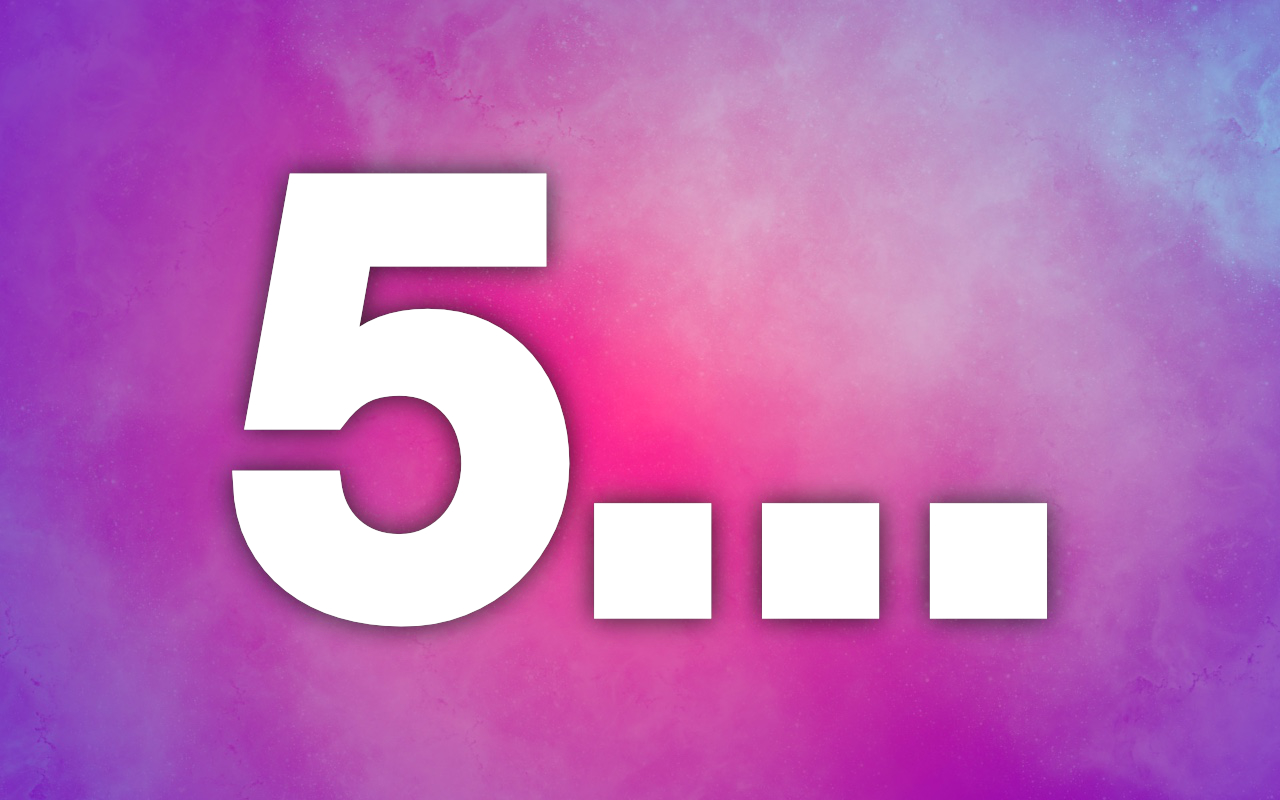
Five milestones in Eurovision history

Five milestones in Eurovision history
The history book on the shelf, the one about the Eurovision Song Contest, begins with the 1956 edition. And none of us know yet when it will end, as the contest is still going strong and keeping relevant after more than 60 years. Over time, though, a lot of things have changed when it comes to music, rules, visual appearance, and many other aspects.
And we know the Eurovision Song Contest also goes back and forth sometimes – take the native language rule, which was first dropped in 1973 and then gradually reintroduced in 1977 and 1978, only to be abolished again in 1999. Similar things have happened with the televoting, which was gradually rolled out first in 1997 and then in 1998 – only to lose its weighting again around 2010, the first year with pure 50/50 voting between the televoters and the juries.
However, a change in the voting rules doesn’t really alter the overall “face” of Eurovision, so we ignored these in the list below. Instead, we asked ourselves: In which years did the very nature of Eurovision change the most? It’s hard to really set those markers, but we’ve come up with these obvious ones:
1968: Colour!
One of the biggest changes in the visual appearance of Eurovision happened in 1968, when the contest was broadcast in colour for the first time. Good for those who had a colour TV set in their homes already, even if that certainly wasn’t the majority back then. We probably would have bought one just for Eurovision. For the first time in history, viewers at home could discuss the colours of the outfits. Without colour TV, glorious ESC moments like Lydia (Spain 1999) – for example – wouldn’t have been possible.
More than fifty shades of grey: Colour came to Eurovision in 1968.
1975: The birth of 12 points
Can you imagine a Eurovision Song Contest without the iconic “12 points”? Well, five countries managed to get “12 points” in contests before 1975 – but in total, that is. However, one thing the various scoring systems used in the early days of the contest had in common was that no one could get more than ten points from a single country. 1975 marks the birth of the voting system as we know it, and while that system has also developed over the years, especially since 2007, its DNA remains the same: 12 points to the favourite, 10 to the second best, then 8, 7, 6… etc. You know it by heart. The first country to ever receive a “douze points”, incidentally, was Luxembourg.
“Luxembourg, 12 points” and others, as performed by Karin Falck
1990: Chameleon stage
Wait, a stage that can change colour to better suit a specific song? Did we have this before 1990? I don’t think we did, and so 1990 pretty much introduces something we deeply connect with Eurovision nowadays: A stage architecture that acts like a chameleon, changing colours from song to song, and even during a song. Sure, before 1990 you could drown the stage in a different colour using lights, but a colour-changing floor and big screen walls? It may have all still been very basic, but it was brand new and very effective – and paved the way for the visual effect-laden contest we know now.
The gate is open – The stage can change colour!
1999: No orchestra
While some other years brought additions to the contest, 1999 came with a huge loss: The orchestra had to go, to the outrage of many fans of the contest even up until this day. One of the arguments was that modern music needs half playback (if no instrumentalists are allowed on stage), and Eurovision had to find a way to make contemporary-sounding music possible in order to survive. Some critics complain that this was only a half-hearted rejuvenation, as any playback that includes vocal sounds is still banned, even if those sounds come out of a synthesizer. But the other argument is indisputable: Rehearsing 40+ songs with an orchestra, and actually picking it all up for the live transmissions, is an immense logistical and financial task – and something that a modern Eurovision Song Contest has no capacities for anymore. Unfortunately.
New sounds. Even forbidden ones.
2004: One more night
Esther Hart sang a song with this title in 2003, and her plea was heard: Eurovision 2004 came with a second night. With a semi-final in advance of the Grand Final, to be clear. Ever since, the Eurovision Song Contest has no longer been a one-night event. Following a semi-final for the history books in 2007, it quickly became clear that even “one more night” wasn’t enough – and since 2008, the Eurovision Song Contest consists of two semi-finals ahead of a Grand Final on the Saturday night. It’s hard to imagine that changing now – but if there’s one thing we’ve learned from Eurovision history, it’s that change always comes one way or another…
Reaching new horizons: A typical Eurovision semi-final experience
But in all those years since 1956 one thing has never changed: A peaceful music festival, in which competitors and fans from different countries become friends and connect across borders, across the continent, is probably one of the best things that could have happened to our beautiful Europe.
Not Eurovision. Still.
Visit our Eurovision Chat!
1 Comment
1 Comment
-
Jamie Mac on August 22, 2019 at 1:00 pm
I’d say 1976 was the first chameleon stage. Looks completely different for each song.
Visit our Eurovision Chat!
Follow us:
Who will win the Eurovision Song Contest 2025? Our prediction for the final
Happy Eurovision – the big day has arrived! Tonight the grand final of ESC 2025 will be held in Basel, Switzerland. But who will hold the trophy at the end of the show? It’s time for our team’s predictions!
The (pre)View from Somewhere: 2025 edition
Your Eurovision day longread is here! Shi has been dissecting the non-qualifiers and the grand final running order, song by song. Grab a coffee and settle in…
ESC 2025: The escgo! predictions for tonight’s semi-final 2
It wouldn’t be Eurovision without some predictions from our team! These are the songs that Felix, Shi and Martin think will qualify from tonight’s second semi-final.
ESC 2025: The escgo! predictions for tonight’s semi-final 1
It wouldn’t be Eurovision without some predictions from our team! These are the songs that Felix, Shi and Martin think will qualify from tonight’s first semi-final.
ESC 2025 rehearsals: A first look at the automatic finalists
The “big five” plus host country Switzerland have had their first rehearsals in Basel – and Martin thinks he might have spotted a winner…
ESC 2025 rehearsals: The semi 2 winners and losers
Emmy brings the Aqua vibes for Ireland, Klavdia is caught between a rock and a hard place – and does Maltese even have a word for “subtlety”? It’s time for Martin to (over)analyse the second semi-finalists based on their rehearsal video clips…
Mum, they stole our truel!
It looks like the threatened changes to the semi-final qualifier presentation are becoming a reality – and the concept is quite a familiar one…
ESC 2025 rehearsals: The semi 1 winners and losers
It’s good news for Red Sebastian and less good news for Gabry Ponte – at least, if we can believe what the rehearsal video clips from Basel tell us…
Silêncio e tanta gente: the ESC 2025 rehearsals begin!
There’s a sense of quiet in the air as the rehearsals for the 2025 Eurovision Song Contest begin – and Martin thinks that may be no bad thing…
Shkodra Elektronike from Albania are the winners of ChatVote 2025!
The 21st annual edition of ChatVote is over, and the best song in the forthcoming Eurovision Song Contest is the entry from… Albania!
Who will win the Eurovision Song Contest 2025? Our prediction for the final
Happy Eurovision – the big day has arrived! Tonight the grand final of ESC 2025 will be held in Basel, Switzerland. But who will hold the trophy at the end of the show? It’s time for our team’s predictions!
The (pre)View from Somewhere: 2025 edition
Your Eurovision day longread is here! Shi has been dissecting the non-qualifiers and the grand final running order, song by song. Grab a coffee and settle in…
ESC 2025: The escgo! predictions for tonight’s semi-final 2
It wouldn’t be Eurovision without some predictions from our team! These are the songs that Felix, Shi and Martin think will qualify from tonight’s second semi-final.
ESC 2025: The escgo! predictions for tonight’s semi-final 1
It wouldn’t be Eurovision without some predictions from our team! These are the songs that Felix, Shi and Martin think will qualify from tonight’s first semi-final.
escgo! on Twitter

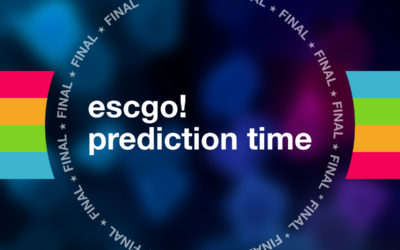
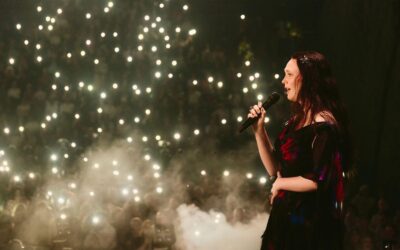
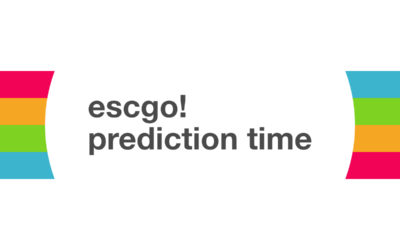

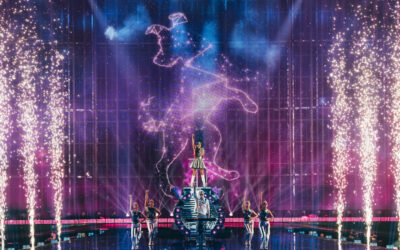
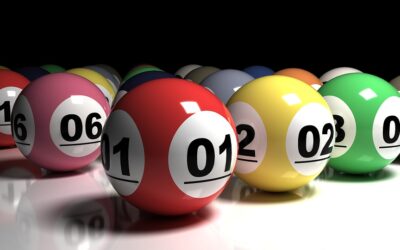


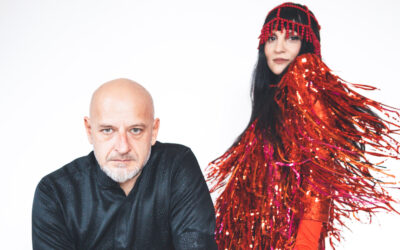
I’d say 1976 was the first chameleon stage. Looks completely different for each song.